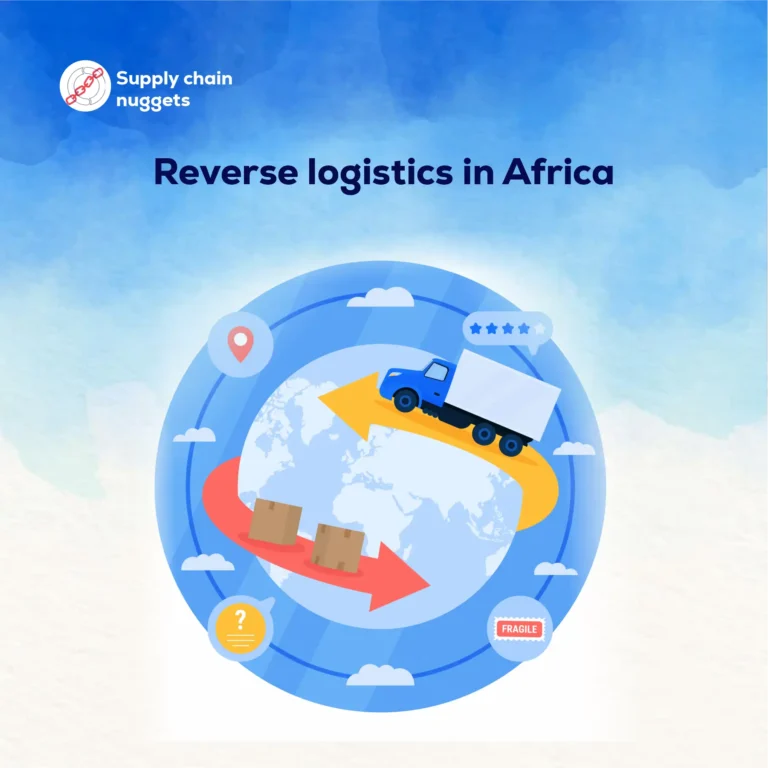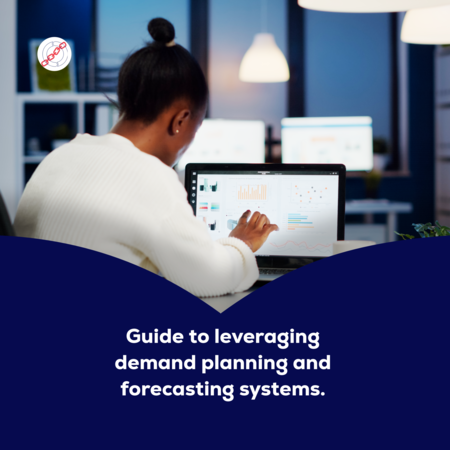
Sustainability is all the rage in the world today, especially where the supply chain is concerned.
With supply chains playing a vital role in the world economy and serving over seven billion people, it makes sense that there is a push to enforce supply chain sustainability. This article is a complete guide to achieving a sustainable supply chain.
What is Supply Chain Sustainability?
Every supply chain process impacts our social, environmental, or economic situations—some more than others.
Whether it is from sourcing raw materials or delivering finished products to consumers. Supply chain sustainability may refer to managing the impact of supply chains on our social, environmental, and economic situations to preserve the planet. Achieving a sustainable supply chain entails adopting practices that reduce negative impacts on the environment and our society as we know it, while ensuring long-term economic viability. As consumers and stakeholders in the supply chain become more concerned about its products and service’s environmental impact, a sustainability becomes more critical.
To achieve a sustainable supply chain, there must be a holistic approach that involves collaboration with suppliers, customers, and other stakeholders.
Elements of Supply Chain Sustainability
As mentioned earlier, companies are increasingly expected to operate sustainably and responsibly.
As a result, supply chain sustainability has become a critical component of business operations. In the drive to achieve a sustainable supply chain, companies are now integrating sustainable practices and considerations into every aspect of the supply chain. The aim is to create a more sustainable system that takes responsibility towards the planet seriously.
There are three main elements of supply chain sustainability. They are the environmental, social, and economic or financial elements.
1. Environmental Sustainability
Environmental sustainability focuses on the reduction of the environmental impact of any supply chain.
The primary goal includes but is not limited to reducing carbon emissions, minimizing waste, and conserving natural resources. You can achieve environmental sustainability in your supply chain by adopting circular economy principles, sourcing sustainable materials, and using renewable energy sources.
2. Social Sustainability
The primary focus of social sustainability is the social impact of the supply chain.
It entails ensuring that workers or people within the supply chain are fairly treated and communities impacted by the supply chain operations are respected. You can achieve social sustainability in your supply chain by promoting diversity and inclusion of people and ideas, fair people management within the supply chain, and collaborating with local communities.
3. Economic Sustainability
With economic sustainability, you want to create an economically viable and profitable supply chain in the long term.
In pursuing a sustainable economy for your supply chain, you may focus on reducing costs, increasing efficiency, and improving supply chain resilience. You can achieve all the above by investing in tech-enabled supply chains, adopting lean principles, and implementing a strategy to optimize supply chain operations.
=======================================================================================
There are other elements of a sustainable supply chain, and they include responsible sourcing, collaboration with stakeholders, and transparency.
4. Responsible Sourcing
Responsible sourcing involves sourcing materials and products from suppliers who take sustainable practices seriously.
To implement sustainable sourcing in your supply chain, your suppliers must favour environmentally and socially responsible practices while sourcing raw materials from other sustainable sources. You can enforce this by conducting comprehensive vendor assessments and setting clear and precise sustainability criteria for suppliers.
5. Collaboration
No supply chain can achieve sustainability by itself.
Supply chains need collaboration with vital stakeholders to succeed. This automatically makes collaboration a critical component of supply chain sustainability. Because collaboration is critical to a sustainable supply chain, you must work with industry peers, NGOs, and government organizations to share or exchange best practices. Your supply chains can also work with sustainability think tanks to develop sustainable solutions and advocate for change.
Through collaboration, you can identify new opportunities for sustainability and drive supply chain innovation.
6. Transparency
Transparency helps ensure accountability and trust in every supply chain.
Your supply chain can achieve transparency through reporting on sustainable initiatives and sharing new sustainable information with stakeholders. Achieving supply chain sustainability requires an integrated approach that addresses environmental, social, and economic impacts.
By prioritizing the elements highlighted above, you can create a more sustainable and responsible supply chain that meets the growing expectations of your consumers and stakeholders.
Guide to Supply Chain Sustainability in Africa
Although a sustainable supply chain is essential, achieving it can be quite challenging in Africa.
In this guide, I have outlined steps or guidelines to follow in your push to achieve a sustainable supply chain in Africa.
1. Sustainability Assessment of The Supply Chain
Conducting a robust assessment is the first step towards achieving a sustainable supply chain.
Through your sustainable assessment, you can determine the level of sustainability in your current supply chain and identify areas of improvement. You can also draft goals and plans to achieve a more sustainable supply chain with the above.
2. Set Sustainability Goals for The supply chain
After identifying the areas for improvement, you need to establish goals aligning with your business values and objectives.
Your sustainability goals should be thorough, measurable, and achievable. You should also have a set time to enable you to track performance.
3. Make Responsible Sourcing a Priority
Sourcing is the starting point of any supply chain, which plays a critical role in achieving a sustainable supply chain.
Your supply chain should prioritize suppliers who share your vision and use environmentally and socially responsible practices. You also want to deal with your suppliers long-term, so economic viability should also be a criterion.
4. Constantly Engage with Suppliers
It is not enough to source from suppliers who implement sustainable practices. Your suppliers can make or break your supply chain.
Constant engagement with your suppliers ensures your visions are still aligned. Regularly engaging with your suppliers allows you to discuss sustainability goals. You will also be able to provide guidance and influence them to adopt more sustainable practices.
5. Engage People Within The Supply Chain
People are one of the biggest components of any supply chain; without their buy-in, your supply chain will not accomplish much.
They became more especially regarding a sustainable supply chain. Engage the people in your supply chain (employees or stakeholders) in your sustainability efforts and educate them on the importance of sustainable practices. You can accomplish this through training on sustainable transportation, waste reduction, and responsible sourcing.
6. Work to Reduce Waste and Carbon Footprint
Waste and carbon footprints are enemies of a sustainable supply chain.
Revamping the supply chain process to reduce waste and carbon footprints is essential to achieving a sustainable supply chain. You can start by searching for opportunities and innovations to reduce energy consumption and greenhouse gas emissions.
7. Measure and Report Progress on Sustainability
Measuring and reporting progress is essential to ensure you are on track for any goal.
The same principle applies towards your sustainability goals. Measuring and reporting are essential for ensuring accountability and transparency in the drive to achieve a sustainable supply chain. You can start by developing key performance indicators (KPIs) to track progress towards your sustainability goals.
You should also ensure regular reporting on your progress.
8. Continuously Improve Sustainability Strategies and Levels
You cannot achieve a sustainable supply chain in one day. It is an ongoing process. Therefore, continuously evaluate and improve your sustainability initiatives to ensure they remain effectively aligned with your objectives.
Conclusion
Supply chain sustainability is a growing demand among customers and stakeholders.
However, achieving it requires a comprehensive and integrated approach that addresses all elements of sustainability mentioned earlier. You can succeed in your drive for supply chain sustainability by following the guidelines highlighted here.

Obinabo Tochukwu Tabansi is a supply chain digital writer & ghostwriter helping professionals and business owners across Africa explore various strategies that work and learn from the success and failures of various supply chains across the globe. He also ghostwrites social content for logistics & supply chain businesses









1 thought on “Supply Chain Sustainability: A Guide”